
JUST MAKE BEAN SPROUTS THIS WAY, no need to water and in 2 days you will have white and delicious bean sprouts.
🌱 Easy Way to Grow Bean Sprouts at Home — No Watering Needed, Always Crisp and Juicy!
With traditional methods, growing bean sprouts requires you to water them frequently. However, this clever technique eliminates that step entirely — you won’t need to water them, yet your sprouts will still grow white, plump, and wonderfully crunchy. Let’s learn how to do it right at home!
🫘 Ingredients You’ll Need
-
2 handfuls of mung beans (green beans)
-
Warm water
-
2 thick absorbent towels
-
1 mesh bag
-
1 large pot or square basket
🌿 How to Choose the Best Beans
To get beautiful, healthy sprouts, always select small, firm mung beans grown organically, without chemical stimulants. These traditional local beans are more flavorful and germinate evenly.
👉 On average, 1–1.5 kg of beans can yield 10–13 kg of sprouts, but for home use, it’s best to sprout about 100 g each batch — enough for one family meal. This ensures you always have fresh, clean sprouts ready to eat.
If your sprouts grow too long or start showing purple stems and leaves, they may taste slightly bitter. In that case, allow them to grow further into microgreens — trim the roots, and you can still enjoy them with a milder flavor.
💧 Step 1: Soak the Beans
Place the mung beans in a bowl of warm water (about 35–40°C) and soak them for 7–8 hours, or overnight. You’ll notice the beans slightly split open — this means they’re ready for sprouting.
🧺 Step 2: Prepare the Setup
Line the bottom of a large pot or basket with a damp towel that can retain moisture well.
Next, place a mesh bag on top of the towel — this makes it easier to remove the sprouts later without damaging them.
🌾 Step 3: Spread the Beans
Spread the soaked beans evenly over the mesh layer, ensuring that the beans don’t pile on top of each other. This helps them grow straight and evenly.
Cover with another lightly damp towel on top.
💡 Tip: Rinse the beans thoroughly after soaking and drain all water. Excess soaking water can cause mold and spoil the sprouts.
🖤 Step 4: Cover and Keep in the Dark
Place the pot or basket inside a black plastic bag to block out light.
Put a weight of about 5–6 kg on top (a plate, heavy bowl, or even a small ceramic pot). Don’t worry — the sprouts will still grow well. The pressure helps them develop thicker stems and shorter roots.
Keep the setup in a cool, dark place. You don’t need to water them at all. After two days, you can check the growth progress.
🌱 Step 5: Harvest
After about three days, your bean sprouts are ready! Simply lift the mesh bag — the sprouts will come out neatly in one sheet. The roots will mostly stick to the towel, so cleaning is minimal.
The result?
✨ White, straight, plump sprouts that stay crunchy and sweet when cooked or eaten fresh.
🧠 Additional Tips for Better Results
-
If your home is too dry, lightly mist the towel on day two — just enough to keep it moist, not wet.
-
Always keep the sprouts away from sunlight to maintain their white color.
-
You can refrigerate fresh sprouts for up to 3 days in a breathable bag.
🌿 Why Sprouted Foods Are Nutrient Powerhouses
Sprouting isn’t just about growing food — it’s about boosting nutrition naturally. When seeds begin to sprout, their stored nutrients activate to support growth, dramatically increasing vitamins and antioxidants.
Experts note that sprouting enhances vitamin A, vitamin C, polyphenols, sulforaphane, and essential minerals — sometimes even doubling their concentration compared to unsprouted seeds.
Here are a few examples of highly nutritious sprouts you can try at home:
🧄 Garlic Sprouts
Many people throw away sprouted garlic, but it’s actually richer in antioxidants than fresh garlic. Studies show that on the fifth day of sprouting, garlic reaches peak antioxidant levels — helping to fight aging, reduce inflammation, and even support cancer prevention.
🌾 Brown Rice Sprouts
When brown rice germinates, it activates powerful enzymes that make it easier to digest and increase antioxidants like tocopherols and tocotrienols. Germinated brown rice is ideal for people with diabetes or those seeking heart health and glowing skin.
🥦 Broccoli Sprouts
Broccoli microgreens are known as a “superfood” for their high sulforaphane content — up to seven times more than mature broccoli. Just 50 grams of broccoli sprouts can provide the nutrients of 1 kg of mature broccoli! A little goes a long way.
🌰 Peanut Sprouts
Sprouted peanuts are sometimes called “longevity buds” because they contain large amounts of resveratrol, a compound with strong anti-aging and heart-protective properties. However, avoid moldy sprouts — they may contain toxins harmful to your health.
🫘 Lentil and Pea Sprouts
Lentil sprouts are packed with vitamin C, iron, and folate, while pea sprouts are rich in beta-carotene — up to 2,700 µg per 100 g, far exceeding most vegetables. Both are easy to grow and make a great addition to stir-fries or salads.
🥗 Final Thoughts
Growing your own sprouts is simple, cost-effective, and rewarding. You’ll enjoy fresh, chemical-free vegetables packed with nutrients — and all you need is a few minutes of setup and a bit of patience.
With this no-watering sprouting method, even beginners or busy homemakers can easily produce crisp, sweet, and healthy bean sprouts at home. 🌱✨
News in the same category


Jasmine growing tips: 4 simple steps, flowers bloom all year round, hundreds of flowers in full bloom
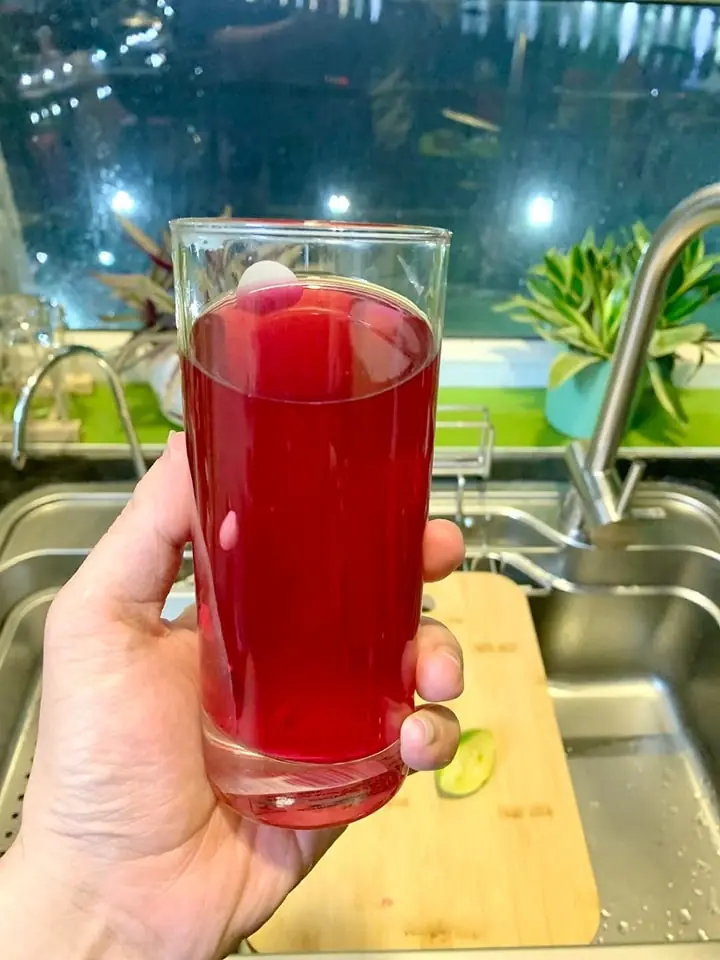
Drinking purple perilla leaf juice at these 3 times is better than ten thousand tonics 👇👇👇

The 'miraculous' uses of fig leaves: A precious medicinal plant right in your garden

7 foods that you cook in one go and can't finish eating should be thrown away. Don't leave them in the fridge overnight or reheat them. Extremely harmful.

Note when dog and cat tapeworm disease is increasing👇👇

The refrigerator is leaking water and takes a long time to cool. She shows you how to fix it yourself in a moment, no need to call a technician.

‘Liver Protection’: A Simple But Effective Drink Proven by Science

Don't clean a dirty rice cooker with plain water: Use this to clean it, in 5 minutes it will be as clean as new

Stop Using Vinegar for Limescale — There’s a Better Natural Alternative
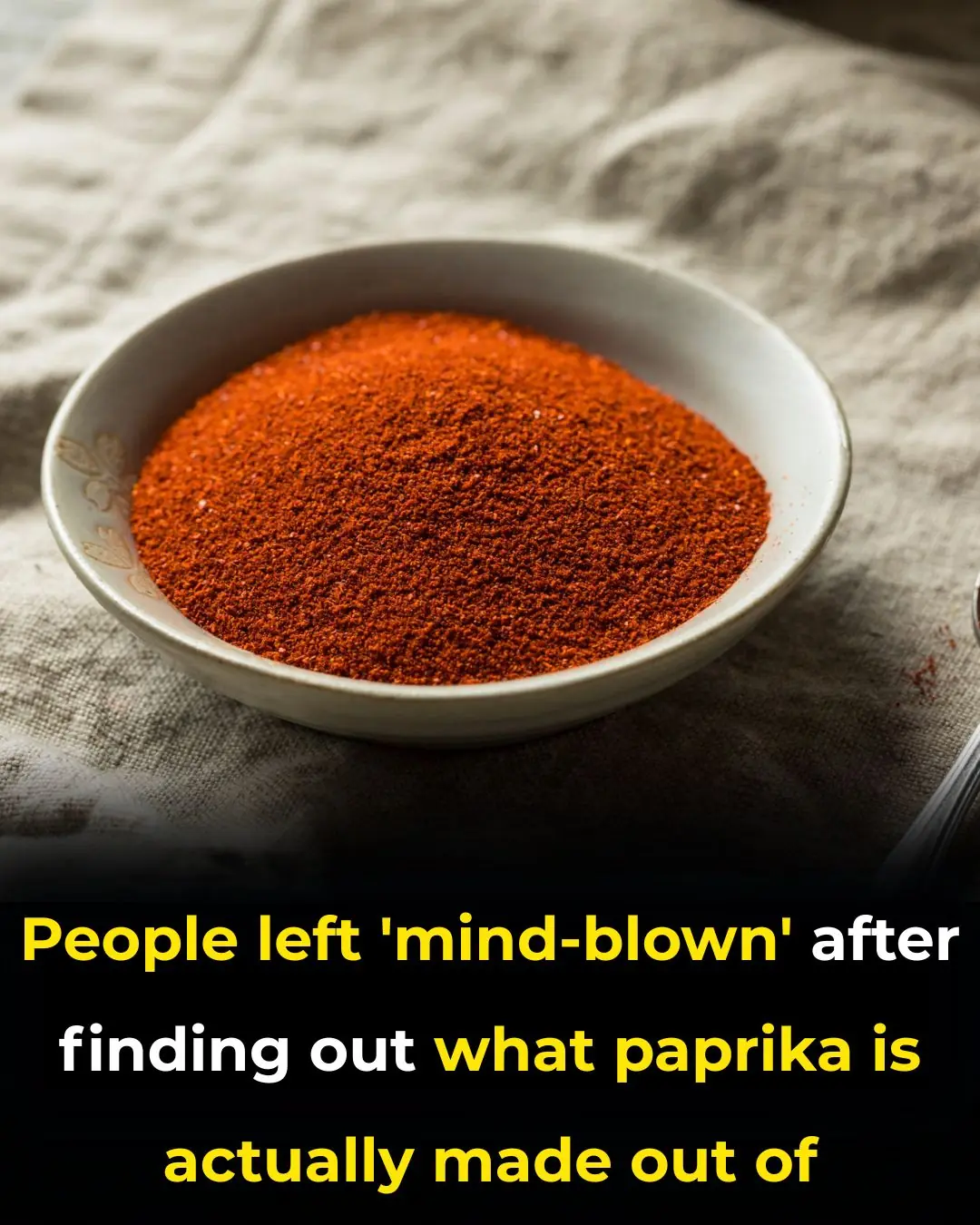
People Shocked to Find Out What Paprika is Actually Made From

10 perfect ways to prevent dampness and humidity in your home

How To Remove Set-in Grease Stains From Laundry

Putting garlic under your pillow not only keeps evil away, but also has many other health benefits

How to make bread with an air fryer, simple, crispy, fragrant and delicious

Tips to clean the washing machine drum from mold with familiar, inexpensive items without vinegar or bleach
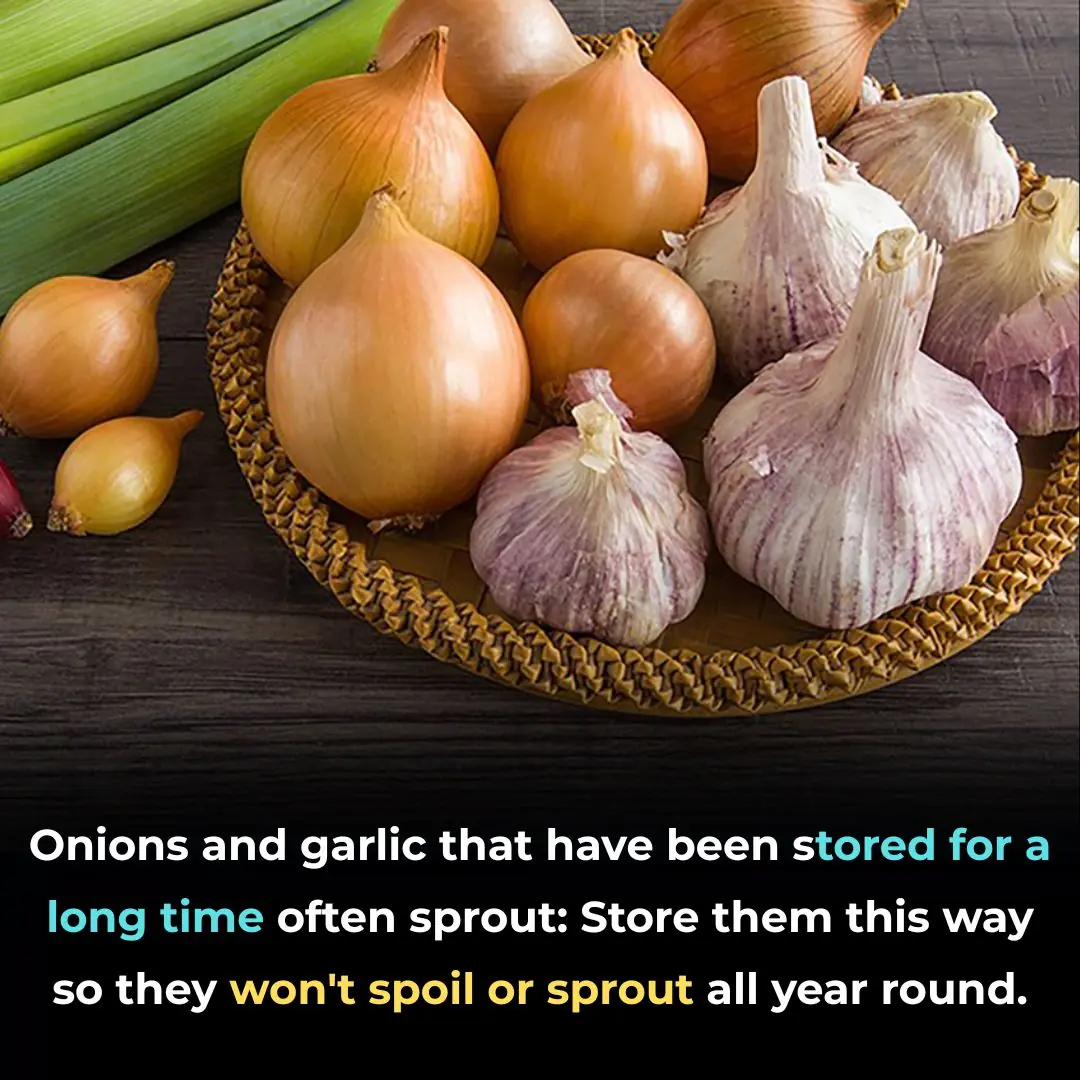
Onions and garlic that have been stored for a long time often sprout: Store them this way so they won't spoil or sprout all year round.

Toilet lid and seat are yellowed for a long time: Apply this tip to whiten the toilet and remove all bad odors

Drop this handful of leaves into fish stock: Big or small fish will be tender, no longer fishy, and delicious.
News Post
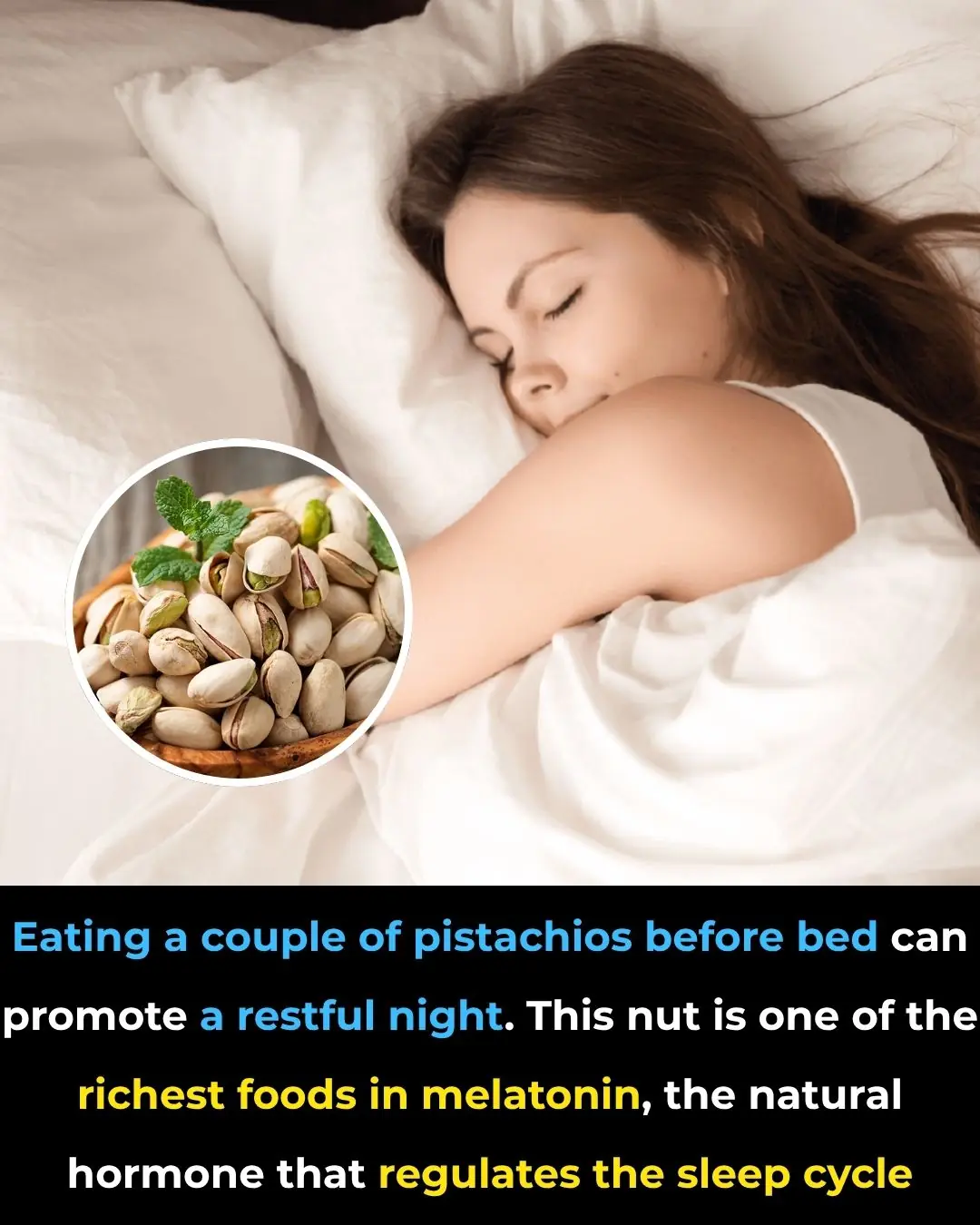
The Sleep Secret Hiding in Your Snack Bowl: How Pistachios Can Help You Drift into Deep, Restful Sleep

3 Ways to Stop Acid Reflux Naturally

A Terrifying Visit: Traveller Walks Inside the Dangerous City of La Rinconada
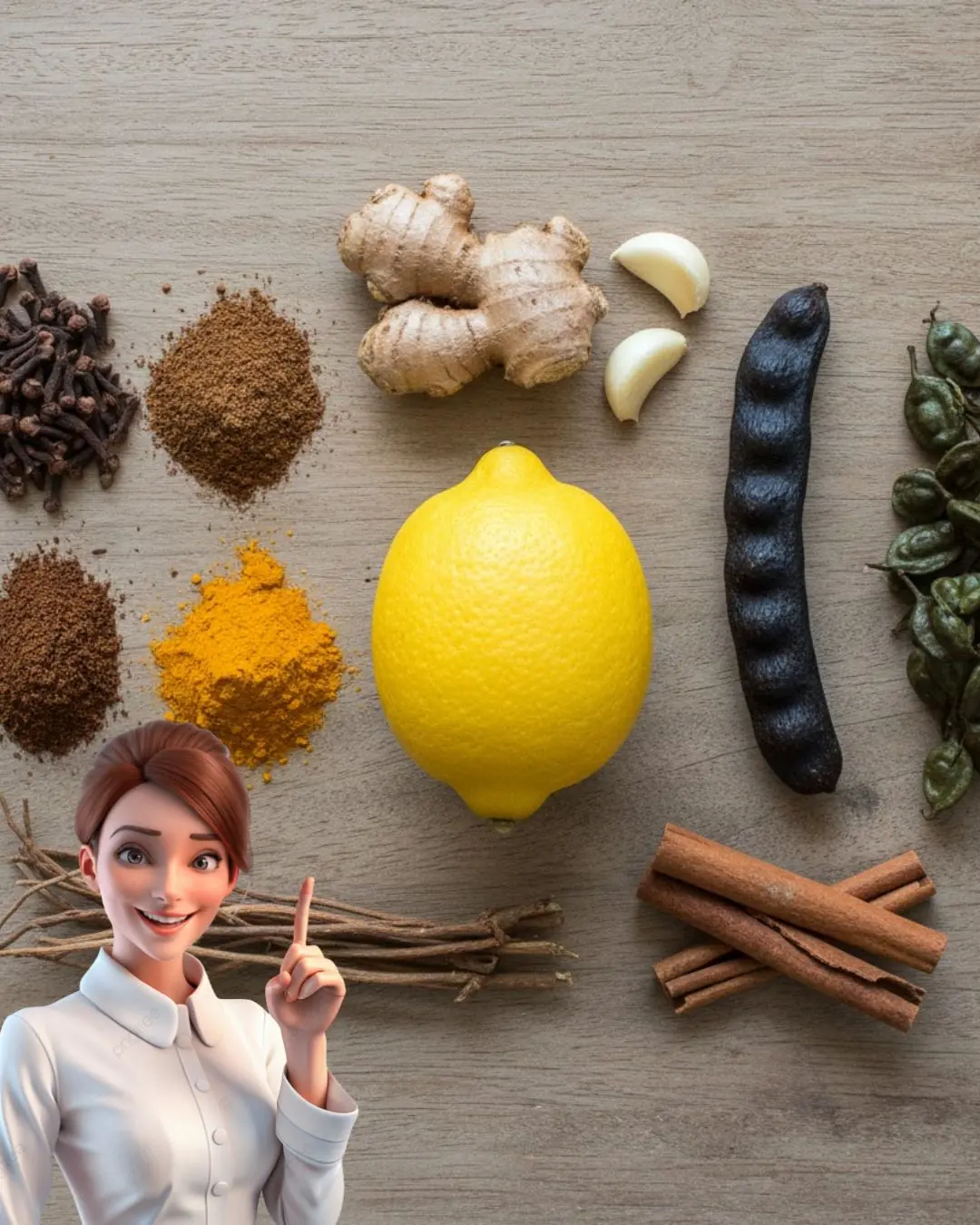
Ladies, Transform Your Health with This Powerful Herbal Elixir

Jennifer Hudson Urges Young Artists to “Protect Yourself” Following Sean ‘Diddy’ Combs’ Sentencing

Jennifer Hudson Credits Oprah Winfrey for Teaching Her the ‘Grace of the Spotlight’ — A Friendship Years in the Making
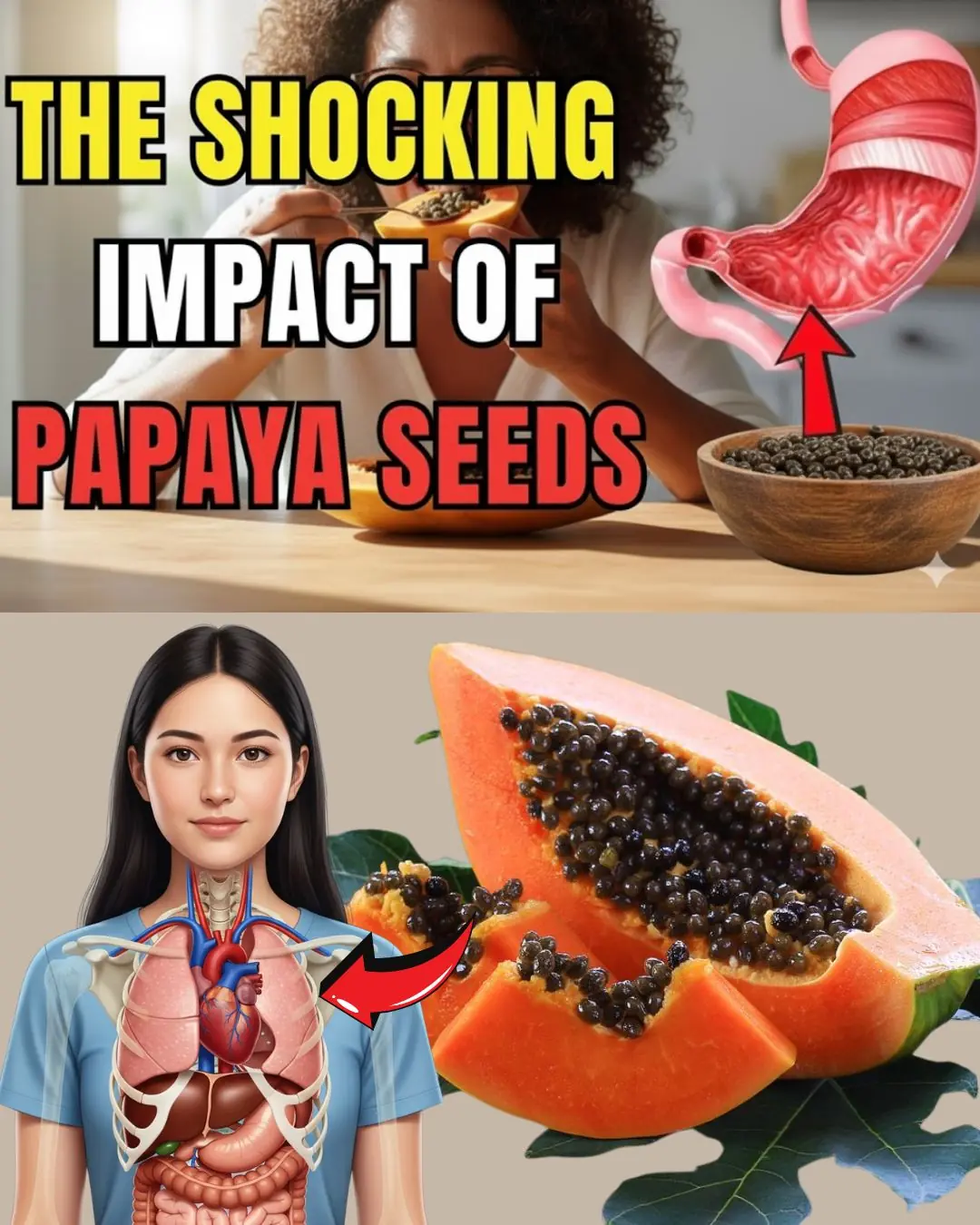
11 Benefits of Papaya Seeds & How to Consume Them Correctly

Tee it high, buy it low: Shop extended Prime Day golf deals before time runs out

Don’t go to sleep without taking this — 1 cup before bed clears excess sugar

‘High-functioning alcoholic’ shares moment she realised it was a problem

Warning to People Who Regularly Walk Around Their Homes Barefoot

Robin Williams' daughter begs people to stop sending 'disgusting' videos of her father to her

Just Add a Few Drops of This When Frying Eggs — They Puff Up Fluffy and Soft, Two Eggs Seem Like Four

KISS legend Gene Simmons, 76, hospitalized after scary car crash in Malibu

Pick your wing to reveal who your guardian angel is

Little Button on Your Seat Belt

Papaya Leaves: Do Not Make This Hair Treatment if You’re Not Ready for Extreme Hair Growth

Kylie Kelce has the best reaction to Taylor Swift’s raunchy ‘Wood’ song about brother-in-law Travis

DIY Tomato and Turmeric Cream for Glowing Skin and Pink Lips
